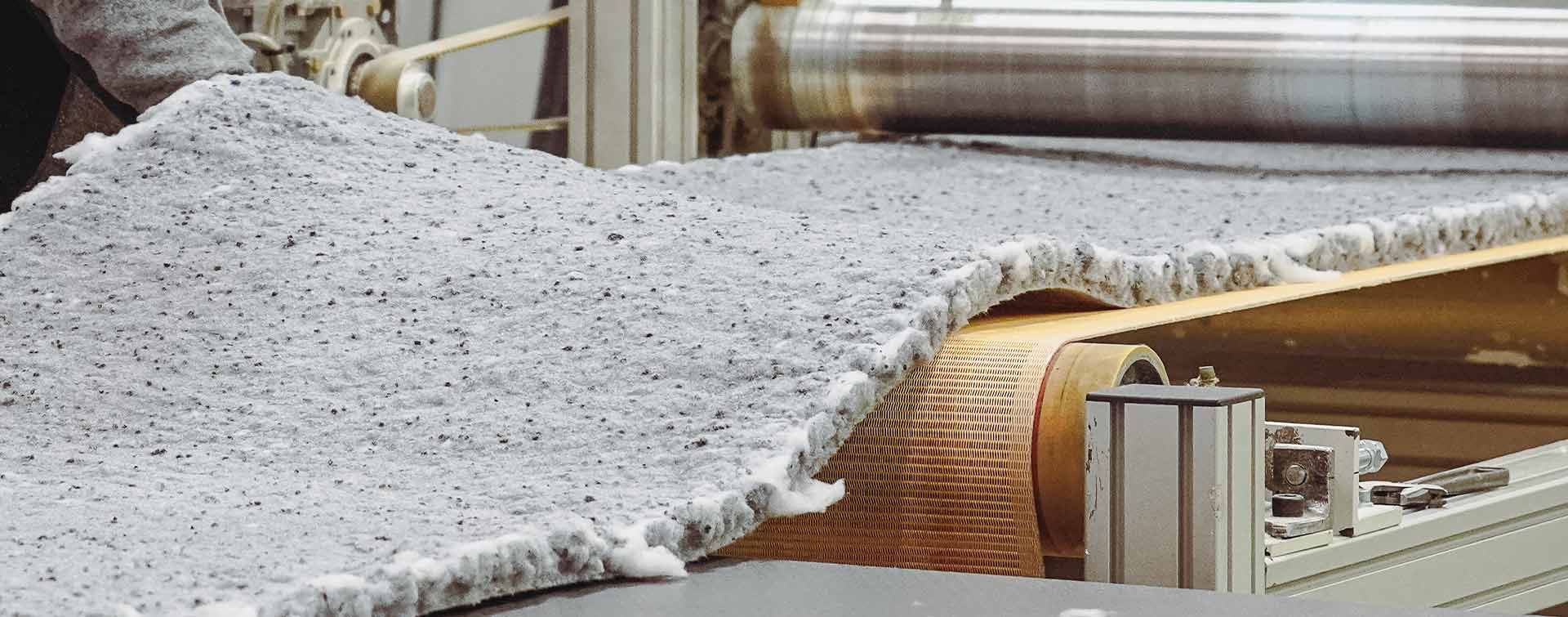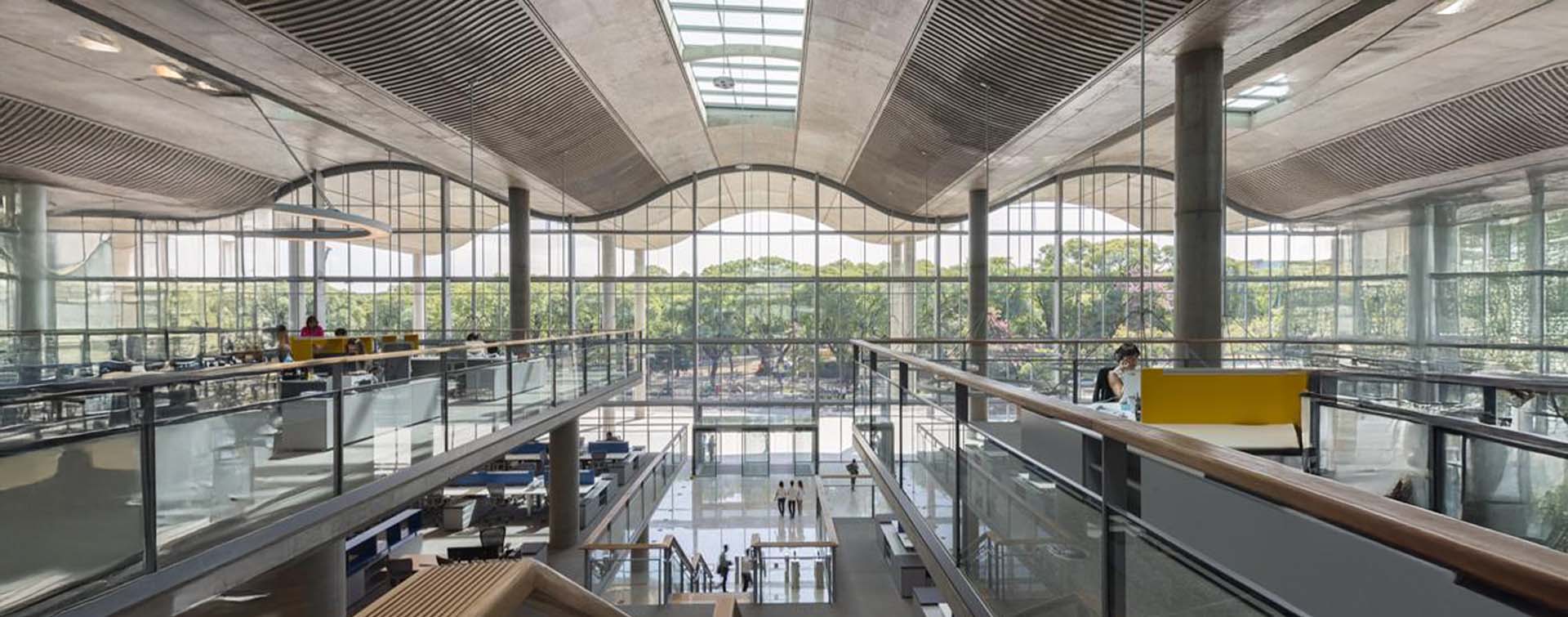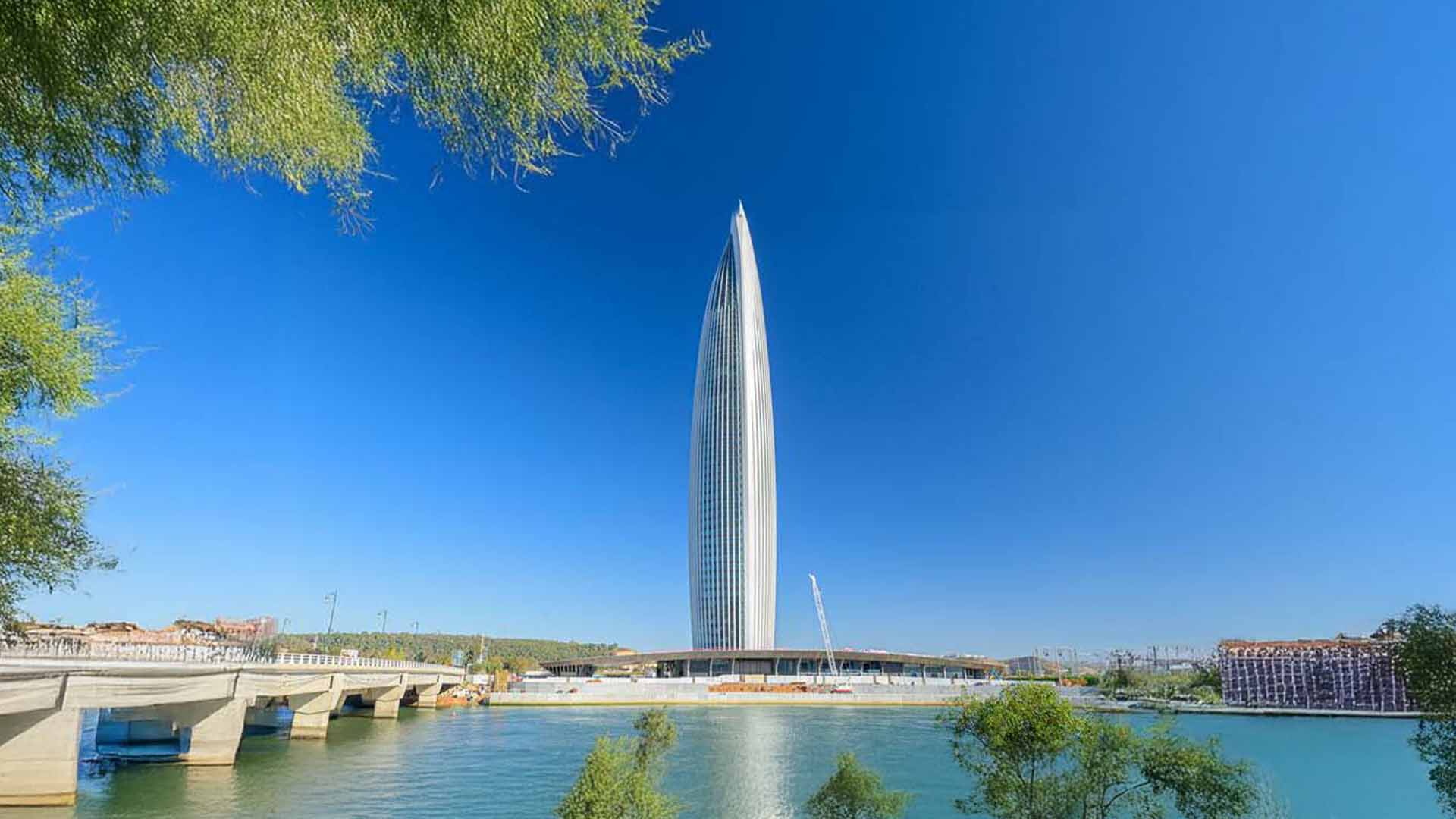 5 min
5 min
To Sum Up:
- By 2050, an additional 2.2 billion people will be living in cities, mainly in Africa, Asia and the Middle East. By the same date, there are expected to be no fewer than 216 million climate refugees around the world.
- The construction sector is at the forefront of efforts to help cities meet the dual challenge of exponential population growth and climate change.
- The challenge is to help them adapt and become more resilient to these extreme shocks.
Why is resilience a vital issue for cities?
Resilience is the ability of cities to survive, adapt and thrive in the face of shocks and stresses, whether immediate or long-term. It means planning for future risks and ensuring that the built environment is ready to cope with them over the next 10, 20 or 50 years. Resilience also means bouncing back from disruption, using it as an opportunity to strengthen urban systems.
The challenge, therefore, is to start thinking in terms of adaptability, so that cities can withstand whatever the future may bring.
First of all, global warming, which is increasing the severity and frequency of extreme climate events. How to be better prepared for extreme heat and protect residents from its effects? How to restore the ability of city soils to absorb torrential rains?
Secondly, the demographic emergency. With nearly 70% of the world’s population expected to be living in megacities by 2050, what solutions will enable cities to absorb the exponential growth in residents? And how to minimize the impact of this growth on the environment? Not forgetting the fact that major cities are subsiding under their own weight, as a result of rapid urbanization. As sea levels rise, large cities on the coast are at even greater risk of flooding.
5 ways to make cities more resilient
1 – Learn to live with extreme heat
The cities concerned are pulling out all the stops to avoid overheating during heatwaves: painting roofs white to reflect heat, unsealing soils, installing shade structures, alleviating heat islands, and so on. The hottest city in the United States, Phoenix, located in the middle of the desert, uses “cool pavement” on its streets, a light-colored coating that cools the streets more quickly at night than traditional asphalt. And the energy efficiency of its public buildings is optimized, through the use of electrochromic glazing.

2 – Absorb rainwater
In the face of flood risk, the most obvious solution is to combat soil sealing in cities and urban sprawl, which are responsible for the disappearance of natural areas. Ultimately, this means returning to a virtuous water cycle, by restoring the soil’s capacity to absorb rainwater and then release it, by removing asphalt from the edges of buildings, municipal land and school playgrounds, and by increasing the number of green areas.
3 – Make buildings reversible
Repurpose factories, offices and shopping centers into homes, to rapidly adapt the existing housing stock to changes in population? This is possible, by promoting the reversibility of buildings and adopting a “chronotopic” approach, i.e. changing use of a building over time. This type of construction has a “universal” structure and features finishing work that is easy to remove.
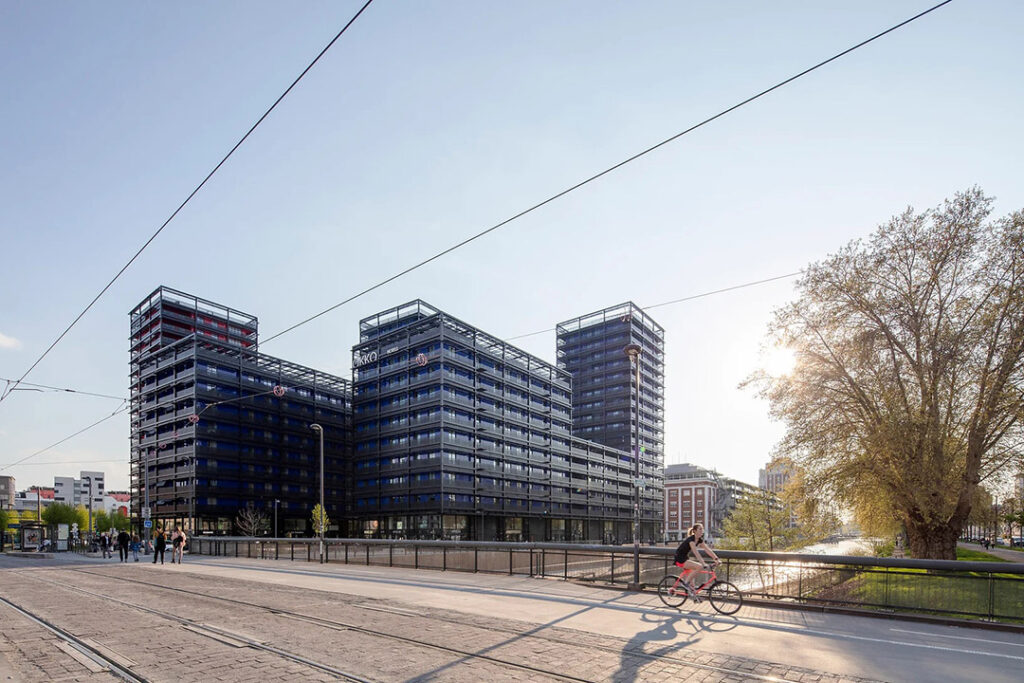
4 – Make cities lighter
The solution exists: light construction. In contrast to conventional construction methods, which favor structures with load-bearing masonry walls (made of stone, concrete or brick), light construction uses lighter load-bearing structures in the form of timber, metal or concrete “skeletons”, to which non-load-bearing façade and partition systems are attached. This makes buildings considerably lighter, without compromising their robustness or strength.
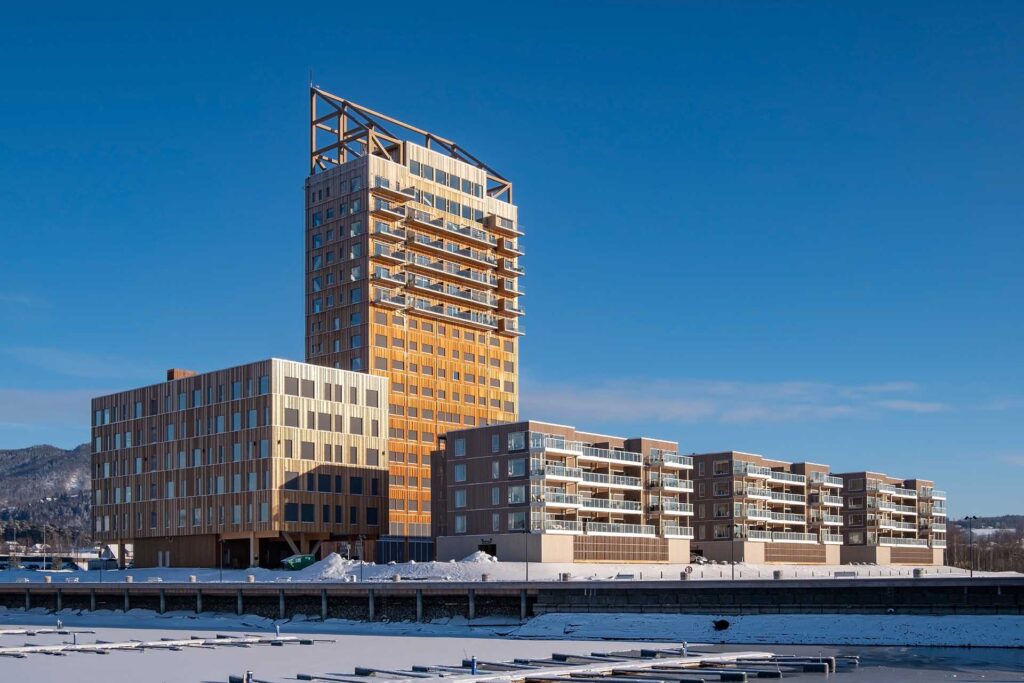
5 – Support investment in resilient solutions
Financiers need to come up with funding mechanisms that support investment in resilient solutions. Their challenge is to align short-term financial incentives with long-term resilience goals.
Insurance is a key driver of resilience. By drawing on scientific data on how climate change affects different risks, insurers can assess the positive impact investments can have on resilience, and thus fine-tune the insurance costs for resilient projects.
Political intervention: public authorities must align their procurement strategies and infrastructure investments with their climate goals, promoting the transition to a more resilient economy in all sectors.
What more is needed?
To give cities a chance to become more resilient, the focus should be on three areas:
More collaboration: there are many stakeholders in city resilience, often with differing road maps and goals. Setting them all on the same path requires increased cross-cutting dialog within national and international bodies.
More long-term vision: anticipating tomorrow’s risks requires rigorous planning and projection beyond the short-term interests of projects, two aspects that are sometimes in conflict in a construction sector that is still highly constrained by immediate challenges.
More training: because sustainable construction solutions require specific skills and knowledge if they are to be properly implemented, as well as an openness to best practices being developed around the world.






